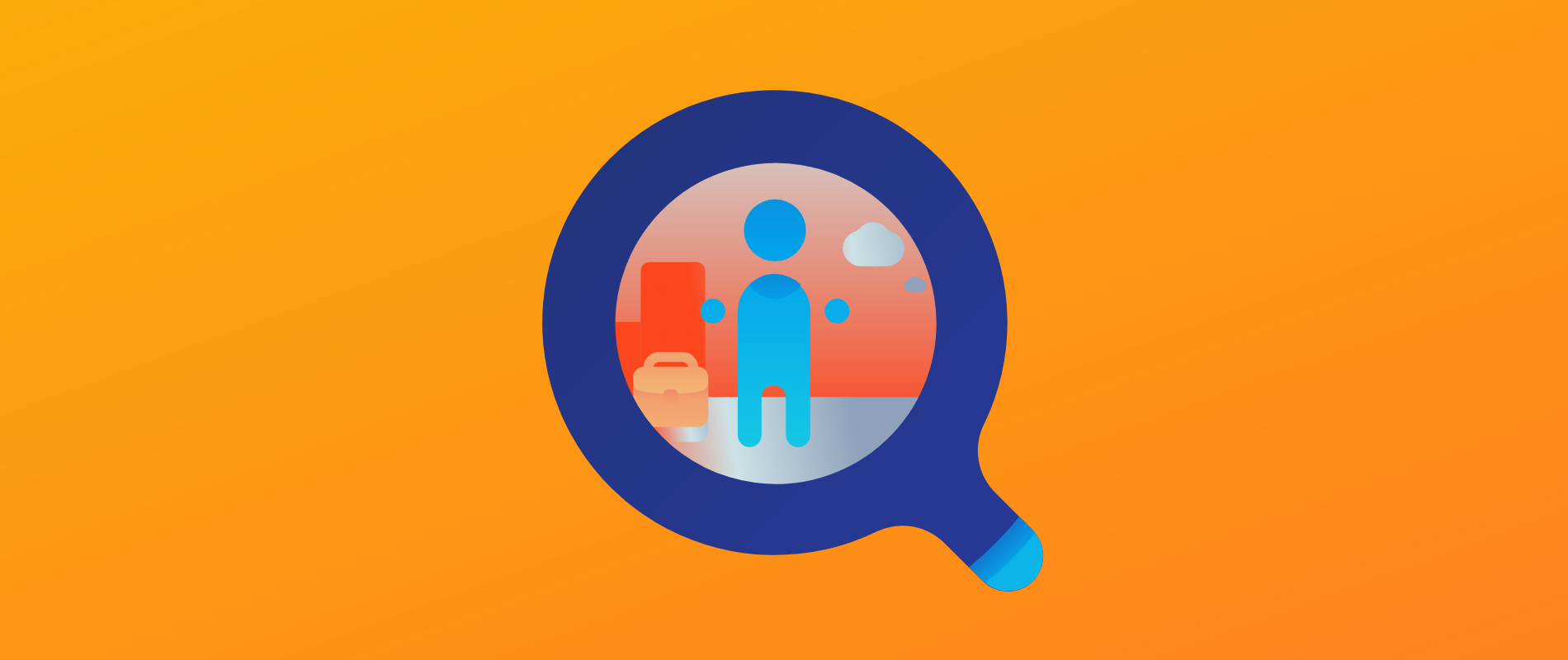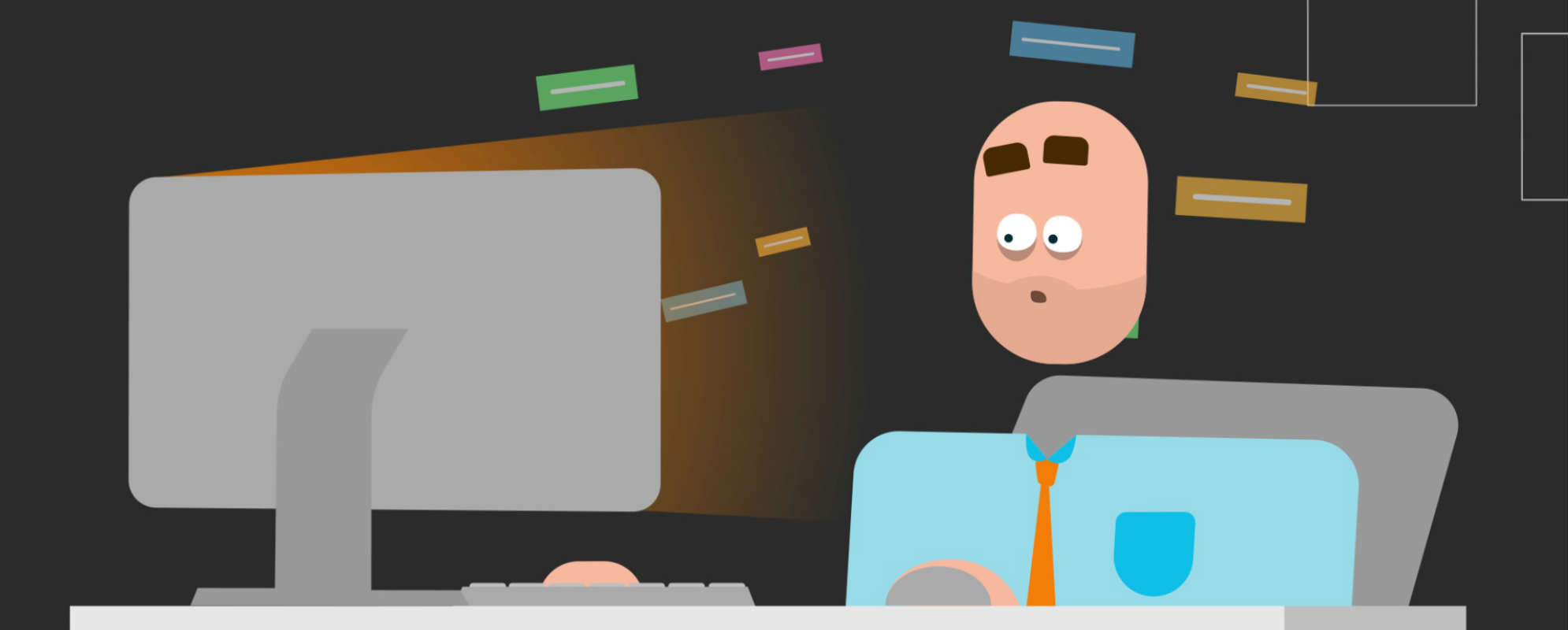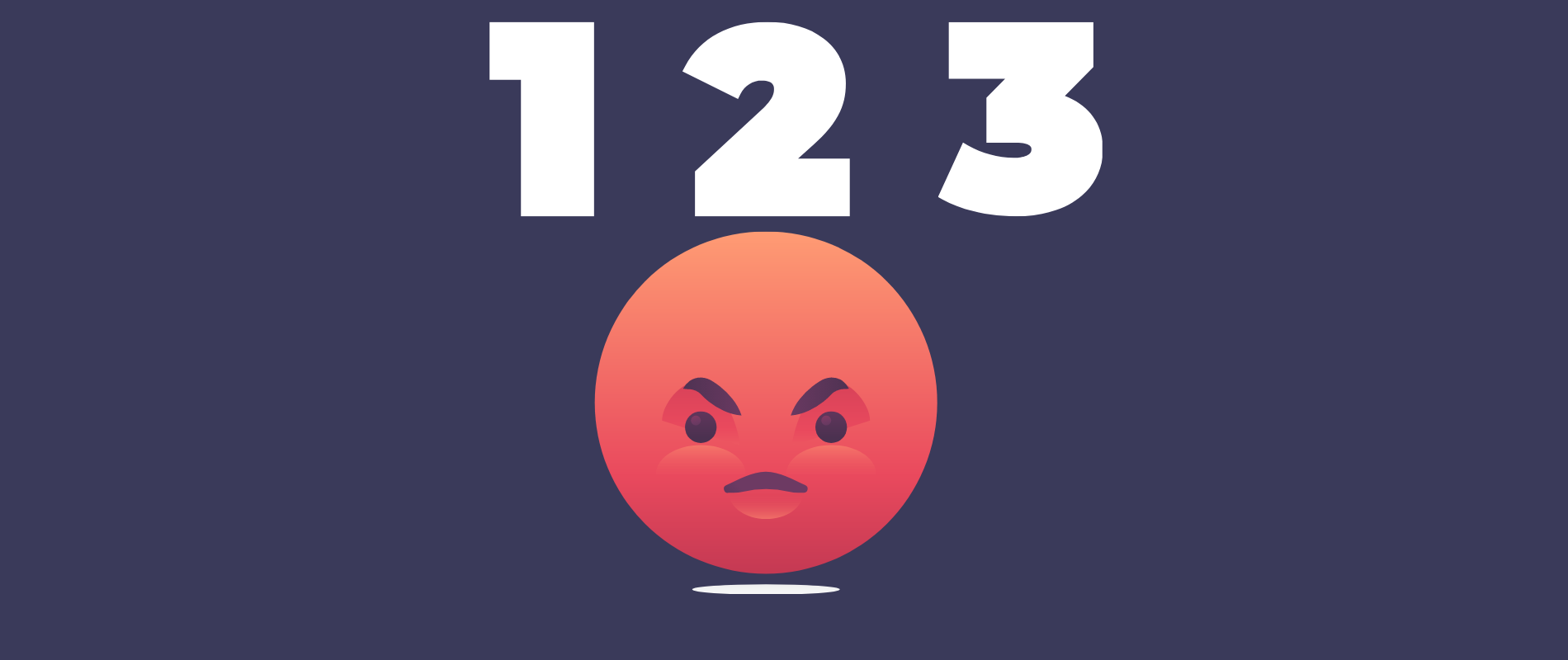
Get weekly
HubSpot updates
Acquiring new customers is never easy or cheap; keeping them is even harder. Customer Retention Cost (CRC) is the key metric to watch for 55% of SaaS companies – and with good reason. It's five times more costly to acquire new customers than it is to retain them.
For SaaS startups, in particular, losing customers due to a lack of engagement is a sure-fire way to sink a business.
important to note, however, that customers who have cancelled their subscriptions have not necessarily churned yet. This creates an exciting window of opportunity for you to reignite their interest in your product and demonstrate its value.
The exact warning signs will be relative to the typical usage of your product, so you need to start by gathering data on how the software is utilised. There are also some key indicators that can alert you to changes in user engagement so that you can take a proactive approach to recover customers.
Seeing the signs
Before we jump into retention tactics, let's take a look at the symptoms that indicate action is needed.
MIA during onboarding: Keep an eye on how often your new customers are using your software. The first 90 days are the golden period in which you must show your customer how to get value out of using your product, that's because 68% of users are likely to abandon your app after this time.
If you can see that users aren't completing tasks, this is a significant warning sign. To polish up your customer onboarding strategy, take a look at what a successful onboarding process should include here.
Low login rates: If your customers have bought a set number of user licenses for your software, it's vital to track how many people are actually logging in. If your users aren't bothering to log in, it's very likely that they're disinterested in using the product or something has put them off. According to studies, if 50% of paying customers aren't using your service, there is a clear correlation between this inactivity and impending cancellation.
High traffic on FAQ pages: It's good to know that your customers are self-servicing their queries in regards to using your product's features. However, if your "How do I cancel my subscription?" page is getting too much action, something is clearly going wrong. Checking for trends in queries is also a worthwhile idea – if seemingly intuitive features are acting as stumbling blocks for your users, you may need to review and address some niggles.
Negative feedback from customers: Although by making a concerted effort to leave your product a negative review or call up with a complaint is a form of engagement, it also signifies discontent. Some businesses will accept this as part and parcel of the industry and keep focussed on acquisition.
However, taking the time to understand what has motivated the complaint and whether there is something that could be done to improve the user's experience will help you to turn that customer around and retain them. This, in turn, will have a positive effect in the long run as that customer will feel listened to and valued - and avoid similar complaints in the future
What are the common reasons for SaaS churn?
Once you've picked up on the warning signs of an imminent cancellation, it's important to take a deeper dive into the reasons.
Customers can't use your software: New platforms always require a learning process before the user has enough confidence to operate all the functions and tools on your dashboard. It's important not to isolate new customers with a complicated interface or anything too fiddly, which may impede their user experience (UX). Secondly, make sure that you offer enough support and guidance content to answer their queries and help them get to grips with using the software.
You can't accommodate scaling businesses: Providing users with the flexibility to upgrade or downgrade their subscriptions, particularly in the current climate, is crucial. You may be about to lose a customer simply because you cannot offer a solution that is better suited to their current budgetary requirements.
For example, if an individual loves using your software and tries to introduce it into their organisation, decision-makers may be put off by the cost of individual licenses. In this case, you may need to review the possibility of package options to service larger or growing companies.
Poor communication practices: Building relationships with your leads and customers is a primary function of inbound marketing. It's essential to get the right mix when it comes to frequency and content type when reaching out to customers with updates regarding your software, promotional or educational material. If your customer signs up but only gets limited communication from you, your follow-up process may be insufficient.
Turning SaaS churn into a marketing opportunity
Providing a personalised experience to your customer is hugely important when it comes to SaaS. Assigning account managers to monitor usage, offer support, and spot areas in the customer journey that could be improved will help you to retain customers and continuously delight them.
It's easy for customers to lose faith in an application or piece of software if it only adds complication and expense to their life. The benefits of the features may seem entirely obvious to you, but this may not be the case for the customer. For this reason, having a clear overview of your buyer personas and then building your content strategy around that will help you to get past those initial first stages of your relationship with new customers and turn them into long term supporters.
By monitoring usage, you can also send out friendly reminders about how the user can access the software, offer hints and tips or other encouragement to get them to sign in and use the product. If you find that your customers are unresponsive to this approach, it may even be advisable to ask them whether they wish to continue paying for your service. By being honest and only trying to keep customers who are the right fit for your offering, you will build better relationships that are based on trust and loyalty. There’s nothing worse than having to deal with a disgruntled customer five months into a paid subscription that they haven’t used.
Would you like to learn more about how you can get users to stick with you after their free trial is up? Download our free eBook and cheat sheet to plan your offer in such a way that customers not only want to sign up but also upgrade and continue to grow with your software. We'll teach you all about the importance of lead nurturing and shaping up your buyer's journey to leverage this critical period in the customer's interaction with your business. Just click the link to get started.
Reduce Your Churn With a SaaS Marketing Strategy
Download the "Free Trial Marketing Strategy Guide"

